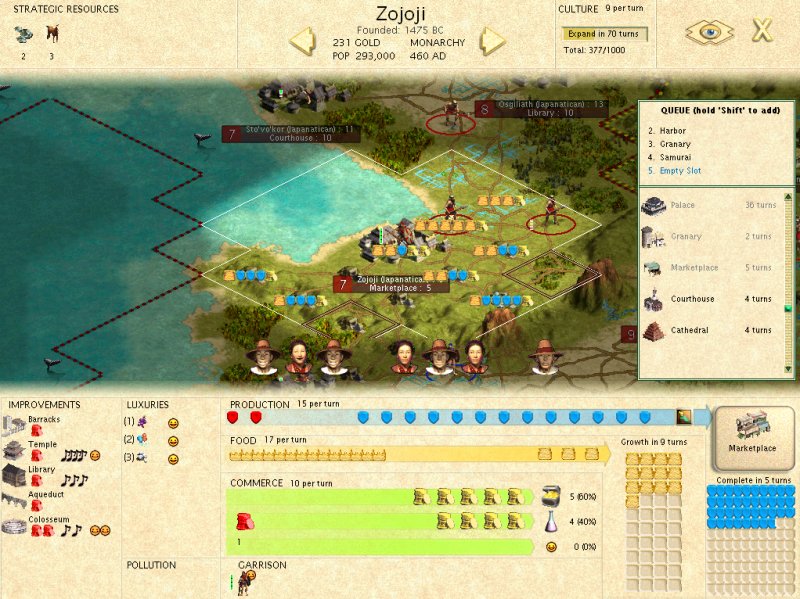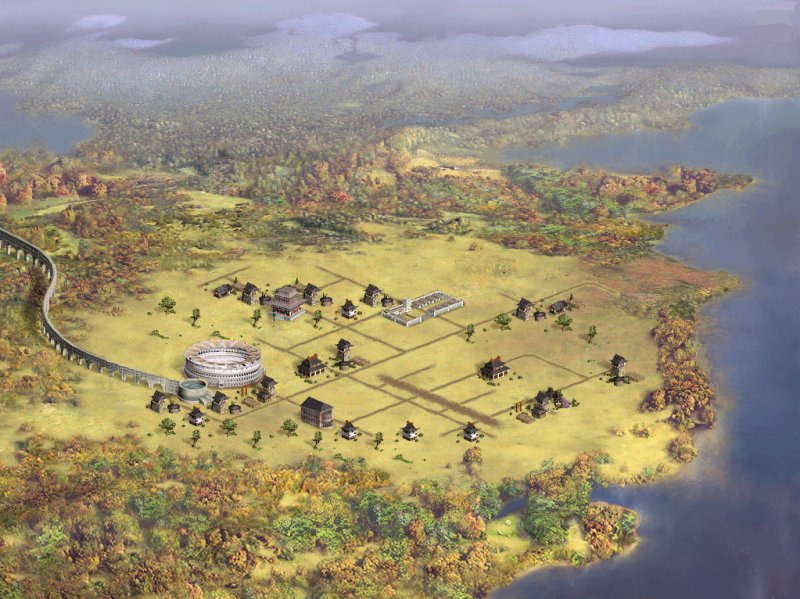The tradition of building swords for the Japanatica Army was deeply embedded in Zojojis history. The nearby Iron mines had supplied the materials necessary to forge the swords that made us a strong nation. Many forges were employed in the making of these swords, but the swordsmith acknowledged by tradition that is responsible for the first true Japanatica sword blade is Amakuni. Many of his swords were forged in the furnaces of Zojoji and carried by the military in the protection of our nation. They were also carried into battle at Pompeii.

The battle at Pompeii had not gone well. Amakuni stood and watched as soldiers marched back from battle there. The emperor and his warriors passed by Amakunis forge as they returned from battle, and instead of greeting Amakuni as he usually did, the emperor totally ignored Amakuni and all the swordsmiths. As the warriors straggled back Amakuni noticed that many of them were carrying broken swords; the weapons he had forged had snapped in the heat of battle. He closely examined the weapons and swore an oath to make a sword that would not break and so regain the emperors favor.
Amakuni and his son locked themselves in their forge and prayed to the Shinto gods for seven days and nights. Then they set to work, refining the metal of the blade and applying all their knowledge to make the perfect sword. After a month of work they emerged with a sword that curved slightly and had only one edge. Pleased with their first effort they refined the process, and when the warriors returned from their battles the following year, none were broken.
The methods followed by the legendary Amakuni were improved, but the basic technique of forging the blade remained the same. Small pieces of steel formed in a blast furnace were selected and stacked on an iron plate. This was heated in a furnace then welded into a solid block on an anvil by pounding the metal with heavy hammers. The block was then folded and beaten out again repeatedly until thousands of laminations were produced and much of the carbon in the original pieces of metal was removed. The final blade was made by wrapping the prepared block around a strip of high carbon steel, which would produce the edge of the sword in the finished weapon. In the final forging the blade was covered with a paste made of clay, charcoal, powdered grinding stone and other material, which is removed from the edge to leave a pattern typical of the smiths tradition. The sword is heated until it turns to the color of the moon about to set out on its journey across the heavens on a June or July evening, according to the words of one swordsmith, and cooled by being plunged edge down into a trough of water kept at a specified temperature. The unprotected edge of the blade cooled quickly while the clay covering allowed the rest of the blade to cool more slowly and so retain its flexibility.
The smith would then sign his name on the tang and pass the blade onto specialist craftsmen who would polish the blade and fit the hilt, guard (tsuba) and other items of sword furniture. The finished blade was sometimes given to a professional sword tester who used the living bodies of condemned criminals or their corpses taken from the execution grounds to test the cutting power of a new sword. Twenty different cuts were used, beginning with severing the hand by cutting through the bones of the wrist and progressing through the thicker limbs of the body. The most difficult cut was known as ryo-kuruma (pair of wheels) which involved slicing through the hips and the thickest part of the spine. The results of the test were usually recorded on the nakago or sword tang, and it is not uncommon to find inscriptions on old swords giving details of the tests such as two men cut or eight arms severed. Some swords were so well made that in the hands of an expert swordsman they were capable of slicing through tremendous resistance. Some seventeenth century blades bear the inscription mitsudo setsudan (three bodies with one cut), and in the martial art of iai-jutsu (the art of drawing the sword) one of the techniques taught is capable of cutting a body in two by slicing through the torso from the right hip to the left shoulder. The terrible cutting power of the Japanese sword does not simply depend on the quality of the blade; it must be wielded by someone who knows how to cut, a skill developed by cutting through bundles made from wet straw or other materials.
The long sword in Japan has seen three major incarnations, and for each type of sword exists a fighting style to match the blade's shape. The early blades, called chokuto or straight swords, tended to get longer as metallurgy techniques improved. Though not much is known about how these weapons were wielded, the extra length - without any significant increase in weight - certainly gave the fighter more reach. The handle size of these blades suggests that they were held in one hand. The two-edged blade suggests a thrusting and hacking style of fighting.

The first major change in the shape of the sword came during Amakunis time, a style perhaps created by Amakuni himself. Warriors found that, compared to a straight blade, a curved sword can be drawn from the saya more quickly and can provide a more effective cutting angle. Consequently, swordsmiths developed forging techniques to make a curved blade at least as strong as the earlier straight ones. These swords, called tachi, were extremely long, some nearly four feet, and were generally used by soldiers on horseback. The long, curved blade was ideal for a sweeping draw and slash against opponents on the ground or mounted upon other horses.
And so the Age of the Tachi was born. Soon the young men, eager to go into battle were practicing and becoming quite skillfull. Meanwhile, Amakuni continued to improve his sword technology.
Special thanks to
www.wdob.net for the history in the story.

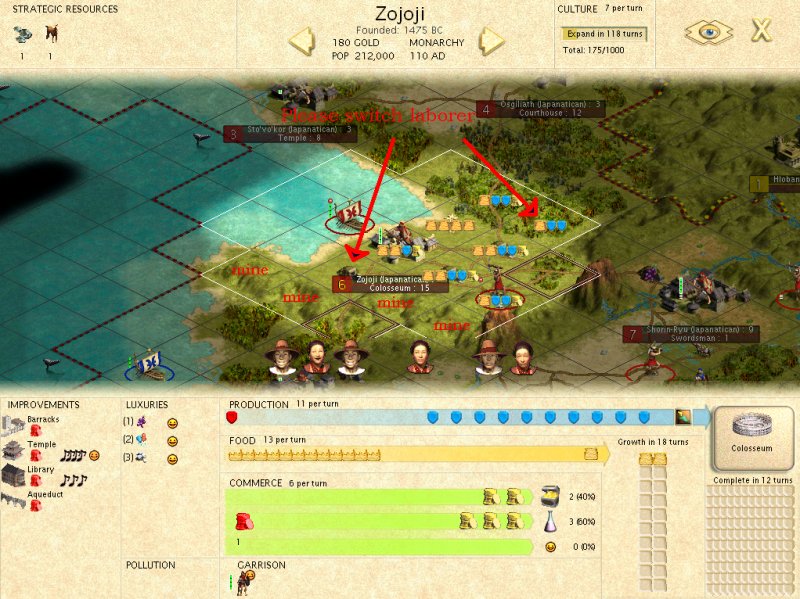



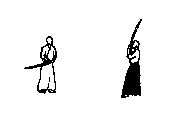

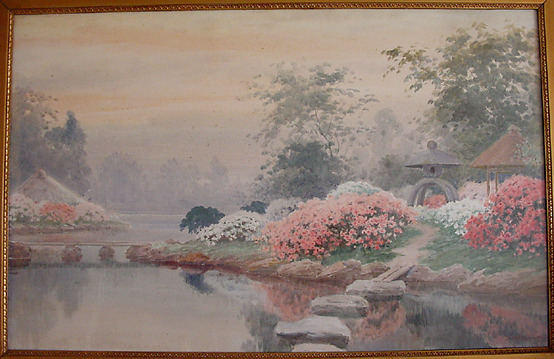
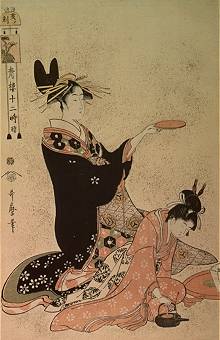
 Our soon to be completed Marketplace will allow us to enjoy the many Luxuries available to our great nation at greater accessability and lower costs. We shall soon be a thriving city, Zojoji. Hail Tokugawa!
Our soon to be completed Marketplace will allow us to enjoy the many Luxuries available to our great nation at greater accessability and lower costs. We shall soon be a thriving city, Zojoji. Hail Tokugawa!